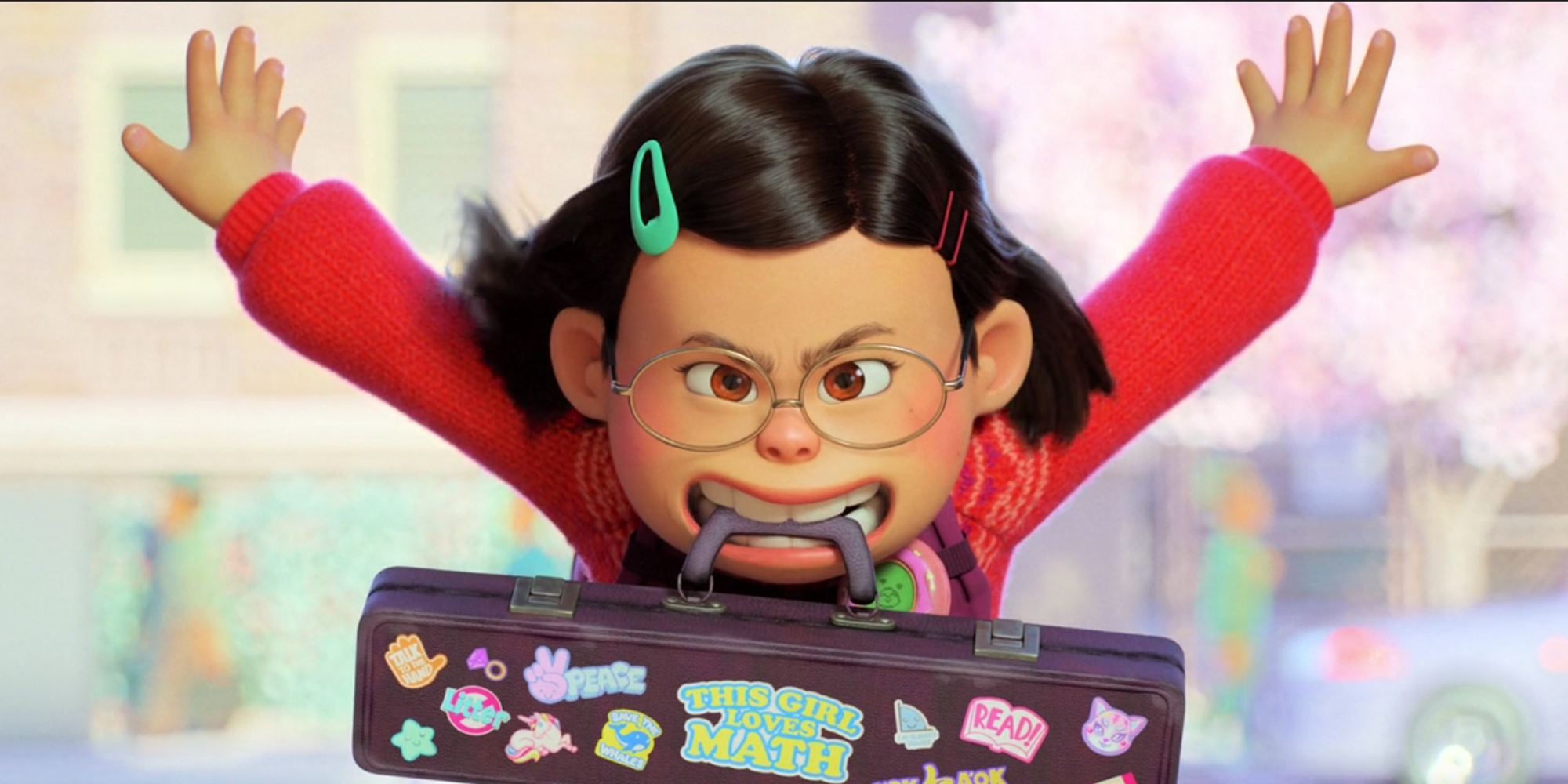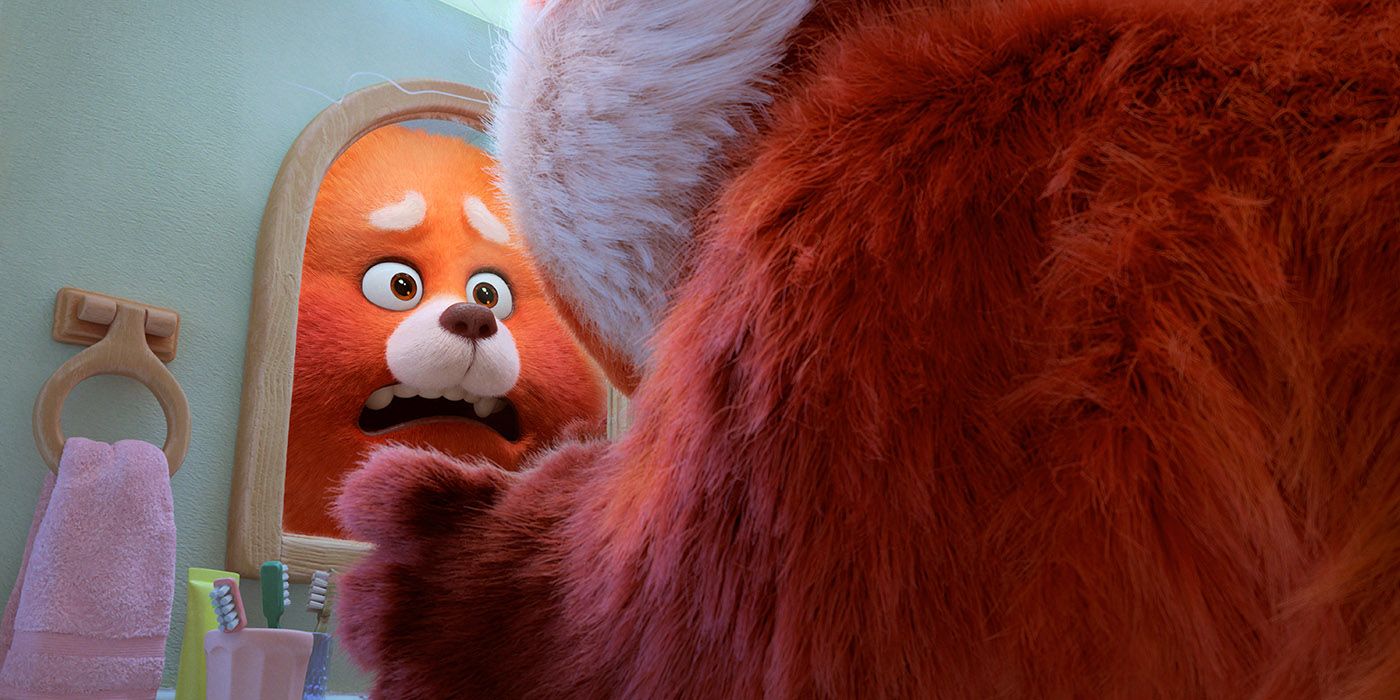One of the most common criticisms levied at Turning Red has not only been ridiculous, but a vital factor in why the movie is good. As a coming-of-age story, a lot of the movie revolves around the idea of children growing up and finding their place in the world. Turning Red is very unsubtle with the specific elements it addresses, and while many people have sighted that as a weakness, it’s ultimately part of what makes the film work.
Following its release on Disney+, there have been many bad faith criticisms levied towards Turning Red, and one of the most frequent ones has been the idea that it’s difficult for most people to relate to the story. Turning Red is about a girl named Meilin “Mei” Lee who, one day, discovers that she has the power to turn into a giant red panda and has to figure out how to deal with it. The movie is very unsubtle about how Mei’s curse is a metaphor for puberty—specifically menstruation—and an entire movie revolving around that has led to some people calling it unrelatable because they aren’t teenage girls.
While it’s been a point of criticism, Turning Red’s lack of subtlety is part of what makes it work as well as it does. Puberty is always a difficult subject for media to tackle because the physical and emotional aspects of growing up are as awkward to discuss as they are to experience, so the issue tends to be given very little focus, if any. Because of that, Pixar's Turning Red being so upfront about puberty is a breath of fresh air for creating a story that isn’t afraid to discuss such a difficult topic; the fact that menstruation is specifically referenced also adds to that since children’s media rarely gets into such specific aspects of puberty.
The idea that any of that would make the story hard to relate to is ridiculous for a variety of reasons. Even if the person watching Turning Red isn’t a young woman and can’t relate to the specific ideas of female puberty being discussed, anyone who has gone through puberty, or is on the cusp of it, should still be able to relate to Mei’s struggles, and the film being so explicit with its subject matter should make it even easier to relate to. Not only that, but people have been able to enjoy films that don’t even feature human protagonists such as the Toy Story films, Finding Nemo, and Monsters, Inc., so saying that it’s hard to relate to Turning Red because it revolves around a girl going through puberty has a blatant degree of hypocrisy to it.
Turning Red makes no effort to hide that it’s a story about menstruation and puberty, in general, and that’s a good thing. The lack of subtlety has been a turnoff for some people, but it works to get the point across in a way that feels more authentic than its contemporaries and ties in well with the cartoony and chaotic aesthetic of the film. That sort of approach is part of what makes the characters and themes both relatable and enjoyable, and Pixar's Turning Red wouldn’t have been nearly as effective if it had changed any of that.


